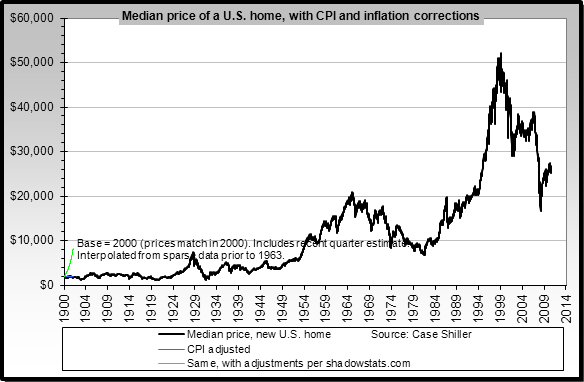Whether you buy a house, a pair of shoes, or dinner out at your favorite restaurant, the sticker price is never the price you pay. The same is true for businesses calculating exactly how much a minimum wage hike might actually cost. Beyond the obvious increase in payrolls for workers who would move from around $9 an hour to more than $13 are a host of hidden costs. Let’s consider.
Anyone who’s received a paycheck probably noticed the roughly 8% missing for Federal Insurance Contribution Act (FICA) taxes. This includes a 6.2% deduction for Social Security tax and a 1.45% deduction for Medicare tax. What some people may not realize is that employers are required to match the amount deducted from each employee’s paycheck for these taxes. The employer contribution increases if a worker’s wage increases.
To keep things simple, consider an employer’s total cost for an employer who makes the current $9 an hour minimum wage and works 30 hours a week (or 120 hours a month), and how it would rise if Los Angeles accepts Mayor Garcetti’s proposed wage increases. Staring in January, an employee would earn about $150 more a month, but this would cost the employer roughly $167 more per month; a little more than $200 each year in FICA taxes alone. Similarly, by 2017 that same employee would earn around $510 more a month, but cost the employer $550 a month. This amounts to another $500 the employer must pay annually in taxes, in addition to about $6,100 more it would pay in wages. Consequently, a 47.2% wage increase for employees translates to a 47.2% increase in the cost for their employer to pay them those additional wages.
An extra $6,600 a year might seem insignificant compared to some businesses’ total revenues, but the full effect of this increased cost largely depends on a business’s size. Does a company employ 10 people, or 100? The annual difference in an employee’s cost will add up quickly.
Thus, a wage increase of $4.25 an hour would actually cost employers paying minimum wage about $4.60 more an hour. This does not factor in other expenses that increase in conjunction with wages; at a minimum employers must also account for increased premiums for general liability insurance and workers’ compensation insurance.
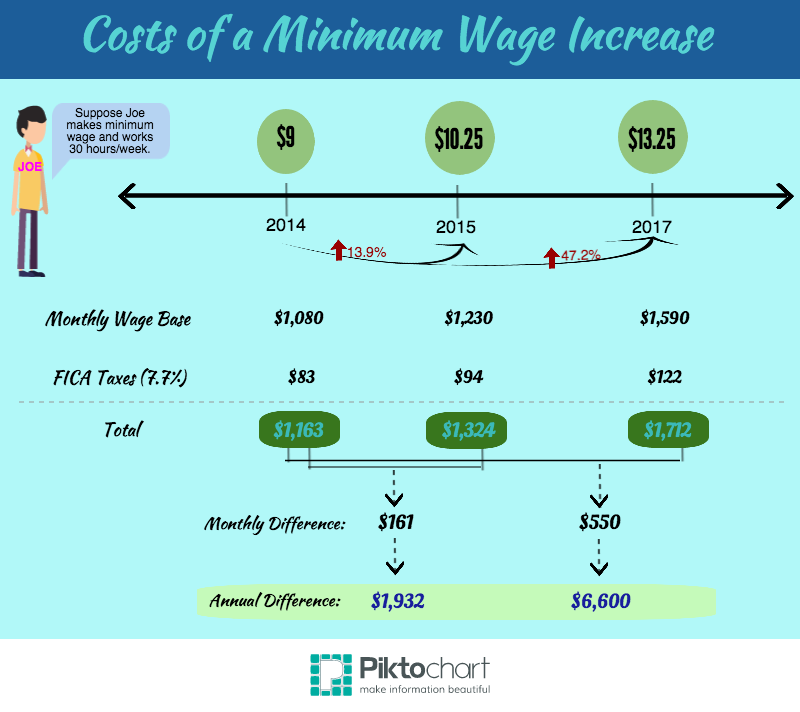
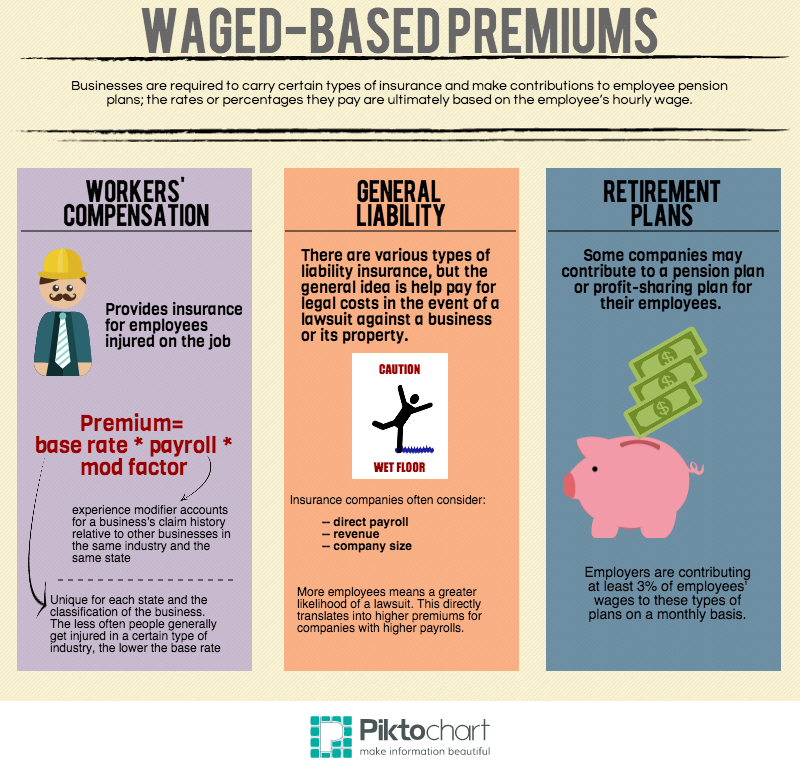
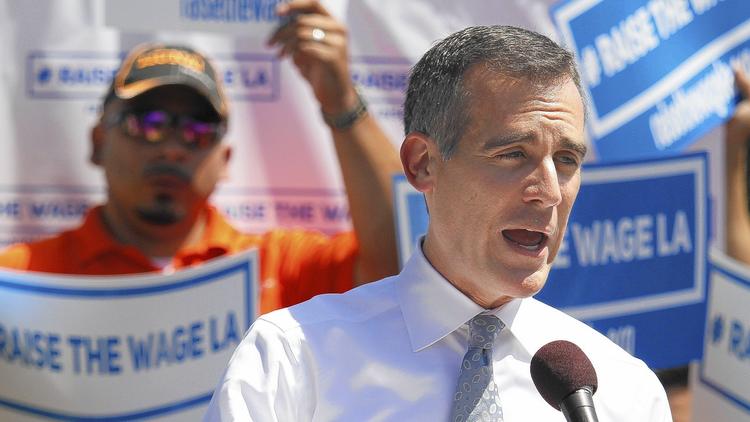



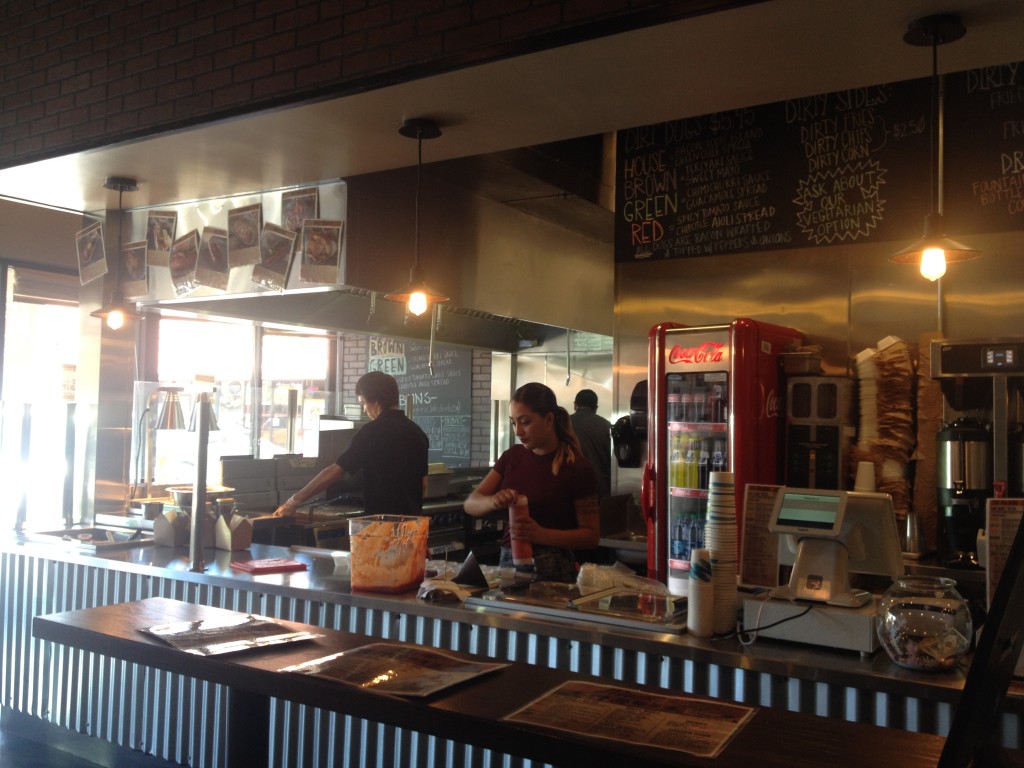
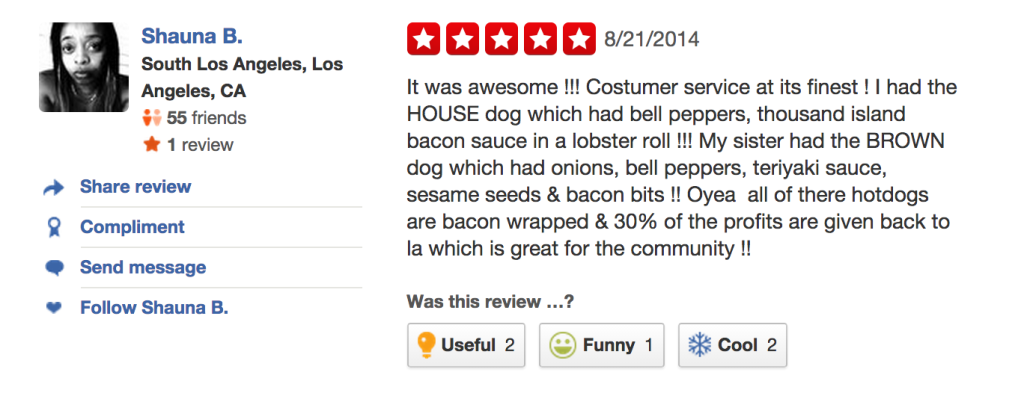




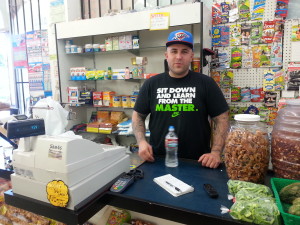









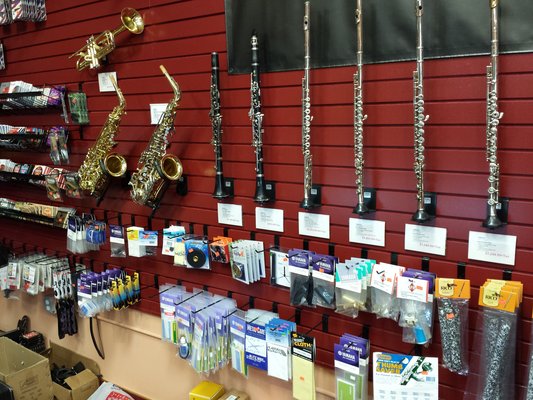



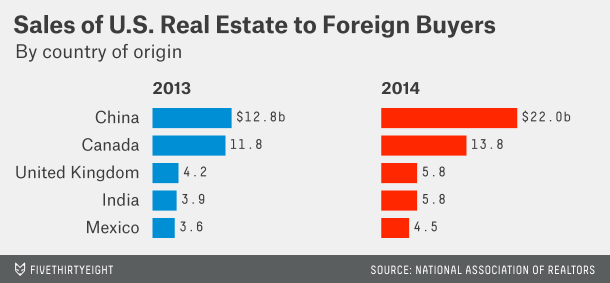
 When asking about the future of real estate market in the U.S., Ji expressed her concern over the median-price house market: “One challenge we are facing now is that there are less and less affordable houses in the market.” While the demand for median price house is going up, the supply is actually going down. In July, the median transaction price was $457,000, which is 7.6% higher than that of last year. Also, the market volume, which is 7012 this year, is 12.5% less than that of last year, according to CoreLogic’s recent report. Ji is worried that if the interest rate starts going up next year, there will be more competitions in the median-price house market.
When asking about the future of real estate market in the U.S., Ji expressed her concern over the median-price house market: “One challenge we are facing now is that there are less and less affordable houses in the market.” While the demand for median price house is going up, the supply is actually going down. In July, the median transaction price was $457,000, which is 7.6% higher than that of last year. Also, the market volume, which is 7012 this year, is 12.5% less than that of last year, according to CoreLogic’s recent report. Ji is worried that if the interest rate starts going up next year, there will be more competitions in the median-price house market.